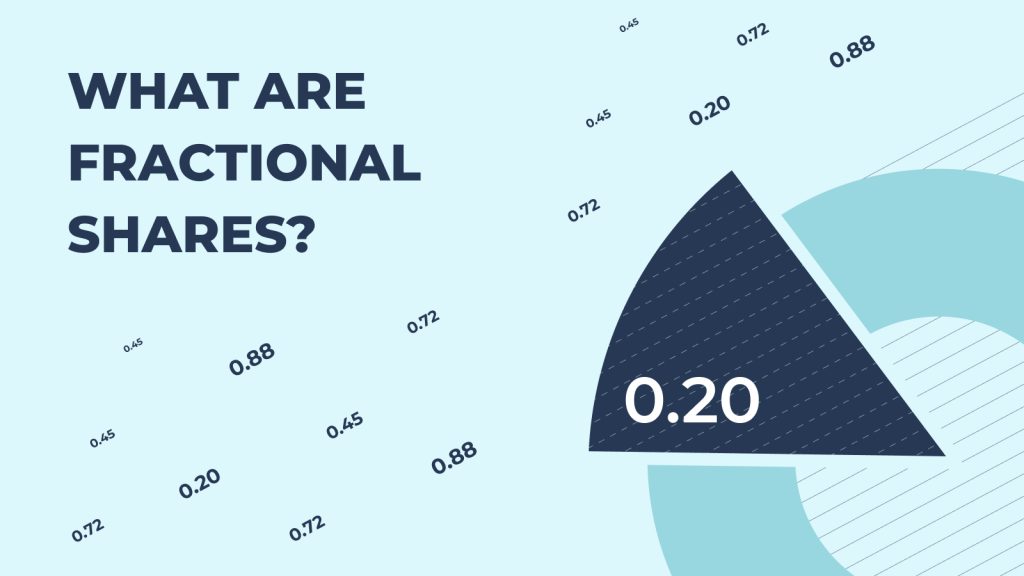China’s $42 Billion Housing Rescue
Beijing is making a bold move to address its faltering real estate sector with a new $42 billion initiative. However, experts warn that this may be insufficient to fully revive the market, which has been struggling for nearly three years.
The Real Estate Slump
China’s real estate market has been in a steady decline, with new home sales dropping sharply. Many households are now opting for secondary market properties, leading to a significant increase in unsold homes and undeveloped land. This trend has slowed new construction and heightened the risk of defaults among developers, including some of the largest state-owned enterprises.
The $42 Billion Initiative
The People’s Bank of China recently announced a 300 billion yuan ($42 billion) facility aimed at funding bank loans for state companies to purchase unsold completed housing stock. The goal is to reduce the excess inventory that has been a major drag on the market.
Analysts Skeptical
Despite the significant funding, analysts remain skeptical. They point out that the measure falls short when compared to the trillions of yuan needed to stabilize the market. According to Goldman Sachs, bringing housing inventory back to 2018 levels would require approximately 7.7 trillion yuan.
A Bloomberg index of Chinese developers’ shares reflected this skepticism, dropping by 3.2% on Monday after an initial positive reaction last week.
Government and Market Reactions
While Chinese state media reported increased visits to developers’ sales centers in major cities like Beijing and Shanghai, the response from the market was mixed. President Xi Jinping’s economic team has backed the initiative, assigning local governments the task of converting unsold apartments into affordable housing.
Challenges in Implementation
One of the main concerns is whether banks will fully utilize the new facility. Rory Green, chief China economist at TS Lombard, notes that commercial lenders may be hesitant, which could slow down the deployment of funds. Historical data supports this concern; a previous PBOC program aimed at rental housing projects saw minimal uptake, with only 2% of funds utilized.
The initiative, trialed in eight cities, showed promise in areas with population inflows but may not be as effective in other regions. Additionally, local governments are financially strained and may struggle to purchase unused land from developers without increasing their debt risks.
Developer and Bank Perspectives
Developers might face further challenges if they have to sell land at a loss, potentially revealing deeper financial issues. The central government’s “white list” effort, which supports specific developments, has approved over 900 billion yuan in lending. However, property companies have only secured about 600 billion yuan in loans for construction projects in the first four months of the year, a 9% decrease from the previous year.
Mortgage Rate Adjustments
Another aspect of the plan includes allowing banks to lower mortgage rates and down-payment requirements. Despite historically low mortgage rates, banks may resist further reductions due to concerns about profitability. Even if rates are cut, households may prefer existing homes over new builds due to lower prices and immediate availability.
Future Outlook
While the new policies might boost property sales temporarily, experts like Houze Song from the Paulson Institute are doubtful that they will reverse the downward trend in the long term. The shift in buying habits toward existing homes indicates a deeper change in the market that these measures may not fully address.
Conclusion
China’s $42 billion housing initiative is a significant step, but its effectiveness in reversing the prolonged real estate slump remains uncertain. The challenges of implementation, bank participation, and shifting consumer preferences all pose hurdles that Beijing must navigate carefully to stabilize and rejuvenate its real estate sector.
For more detailed insights on economic policies and their impacts, visit ImpactWealth.org.


















